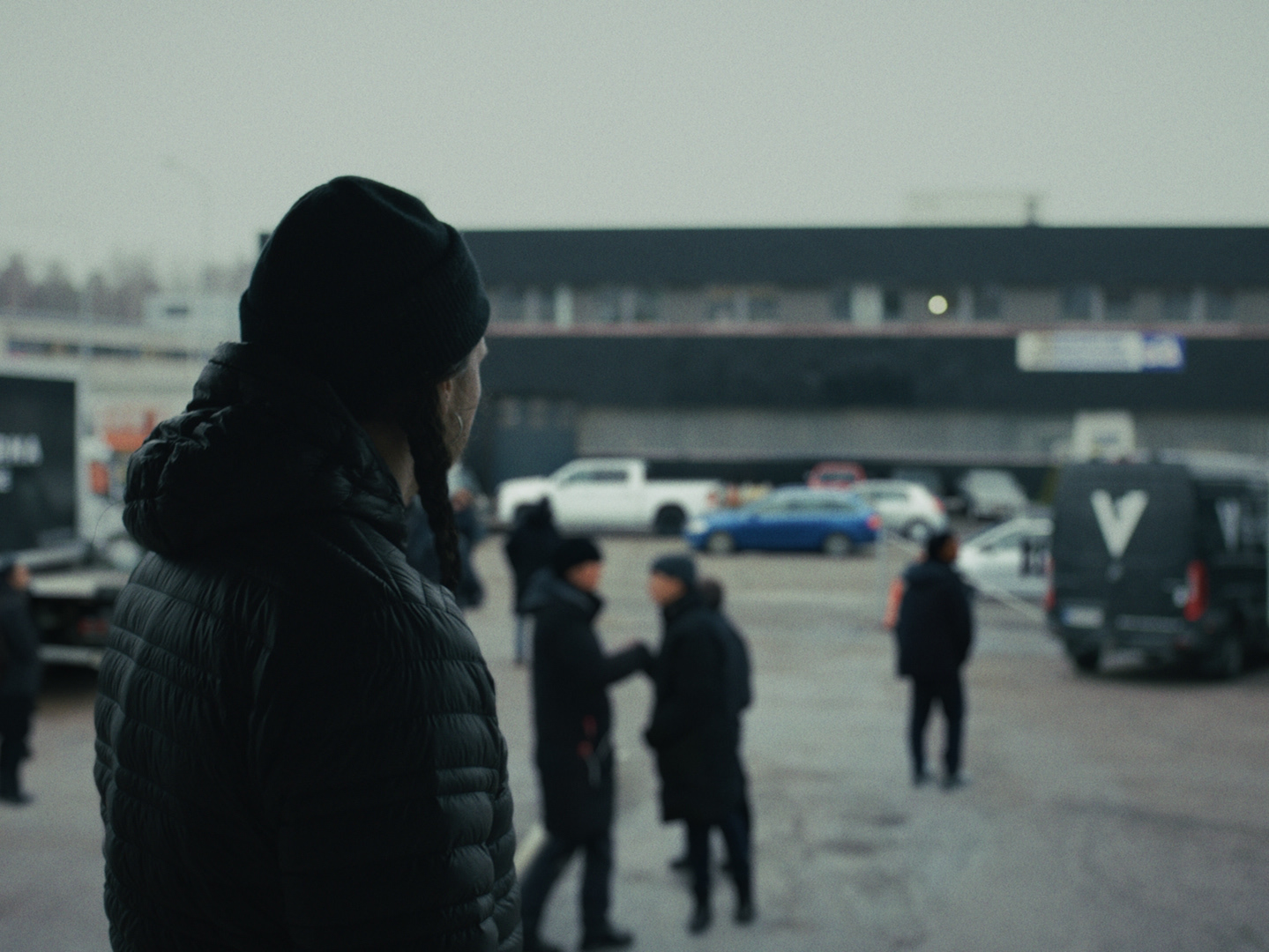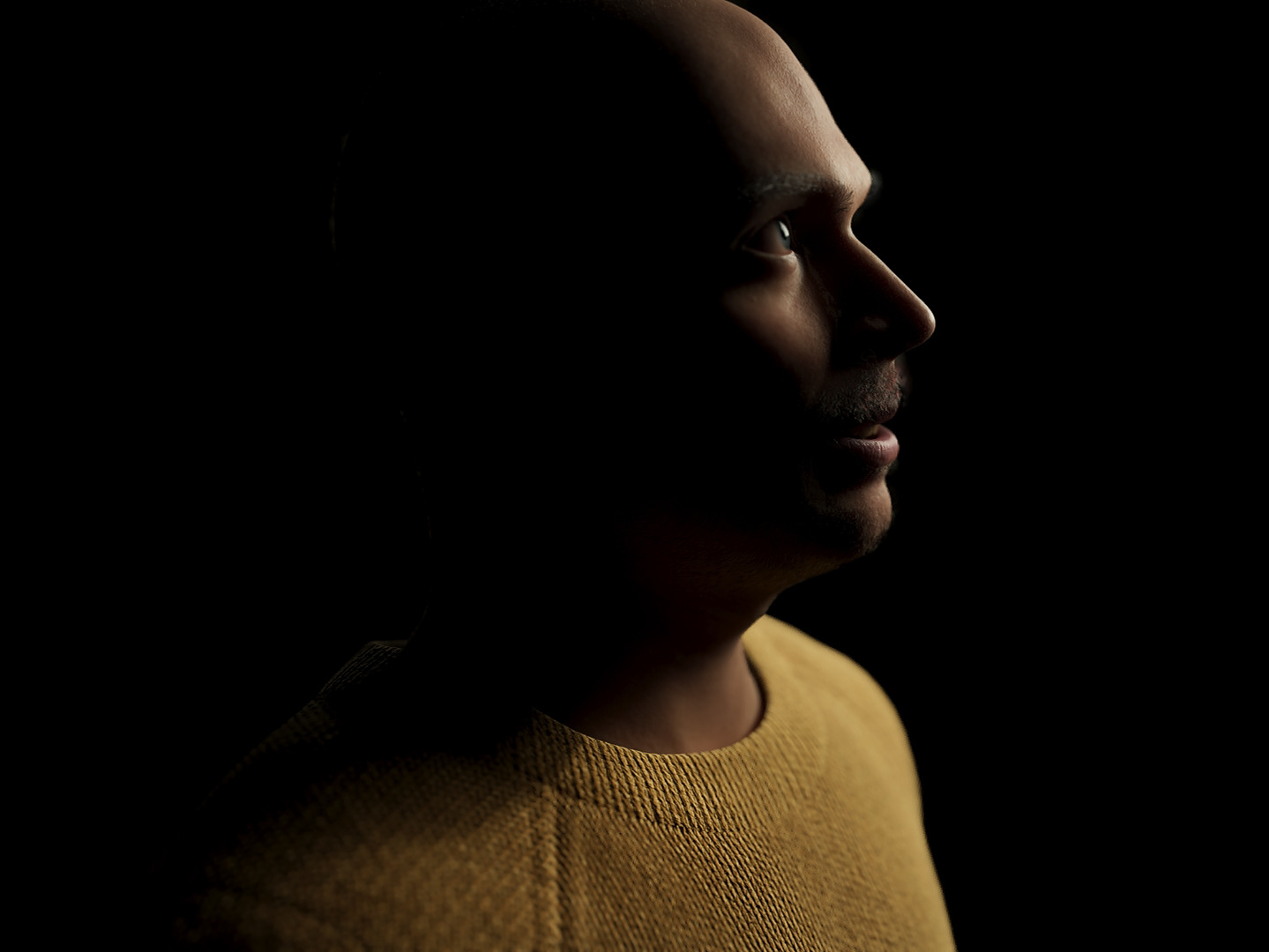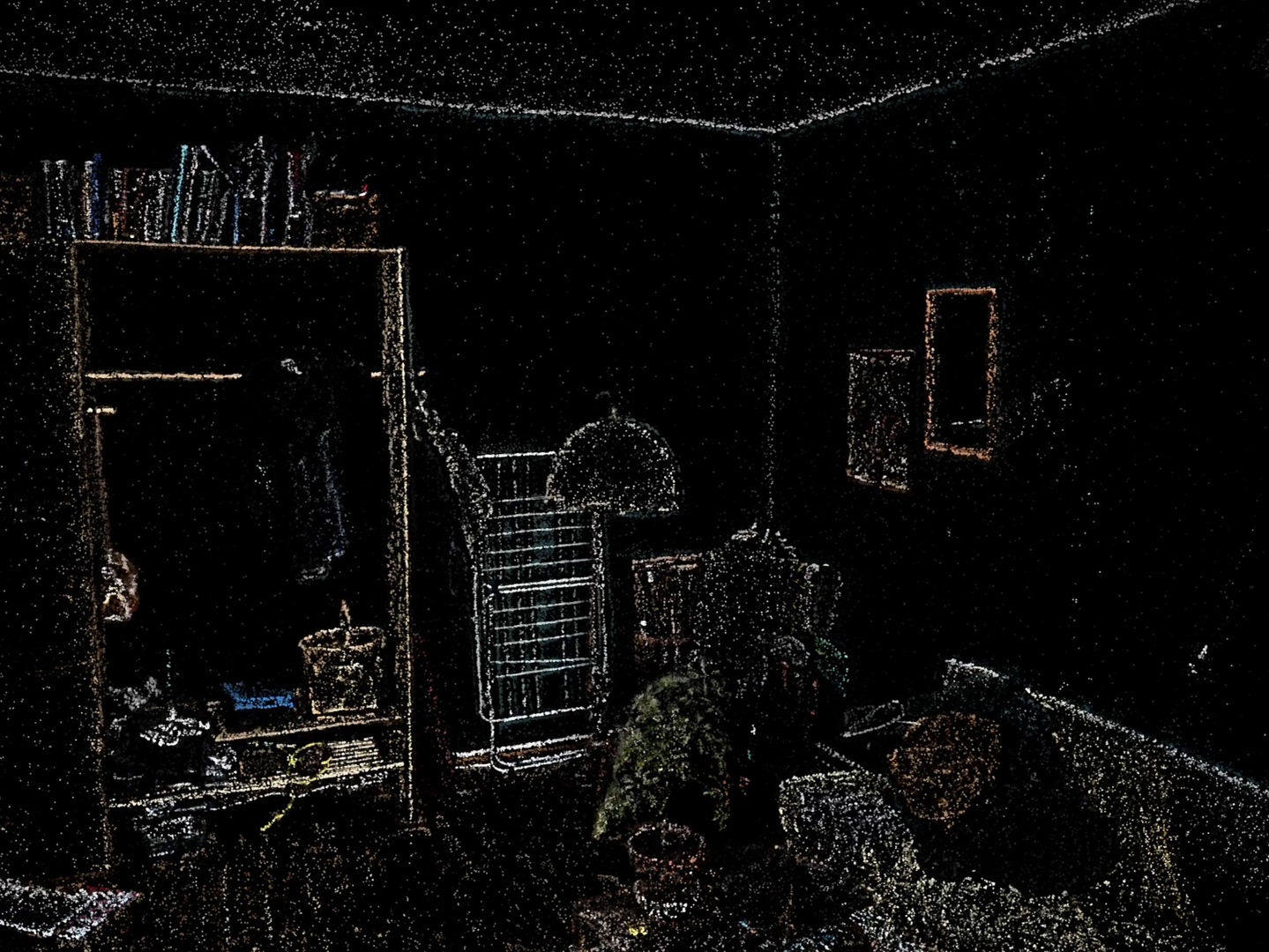Laskos Virtuals researched & developed real-time chroma keying and camera tracking with Unreal Engine backgrounds for previsualization purposes. The research also aimed to test the boundaries of 'final pixel' chroma shooting and its visual possibilities.
The pipeline included:
- Camera tracking with focal length and zoom values. We utilized the Ncam system and found it to work effectively.
- Real-time chroma keying, using the Blackmagic Ultimatte keyer.
- Real-time 3D environments in Unreal Engine 5.
- Foreground elements from UE5
- A 3D garbage matte around the green screen in UE5 which makes possible to explore Unreal environment over the chroma.
- Timecode and genlock synchronization for UE5, the camera, and recording of the real-time composure feed.
- Real-time chroma keying, using the Blackmagic Ultimatte keyer.
- Real-time 3D environments in Unreal Engine 5.
- Foreground elements from UE5
- A 3D garbage matte around the green screen in UE5 which makes possible to explore Unreal environment over the chroma.
- Timecode and genlock synchronization for UE5, the camera, and recording of the real-time composure feed.
Benefits of Simulcam:
- Being able to see the real-time environment helps with Direction, framing and lighting.
- It facilitates better communication with the entire crew on set.
- Quick iterations and adjustments with background.
- Gives clear vision for post production about needed VFX work which reduce costs.
- Postvis material straights from set for editing.
- Being able to see the real-time environment helps with Direction, framing and lighting.
- It facilitates better communication with the entire crew on set.
- Quick iterations and adjustments with background.
- Gives clear vision for post production about needed VFX work which reduce costs.
- Postvis material straights from set for editing.
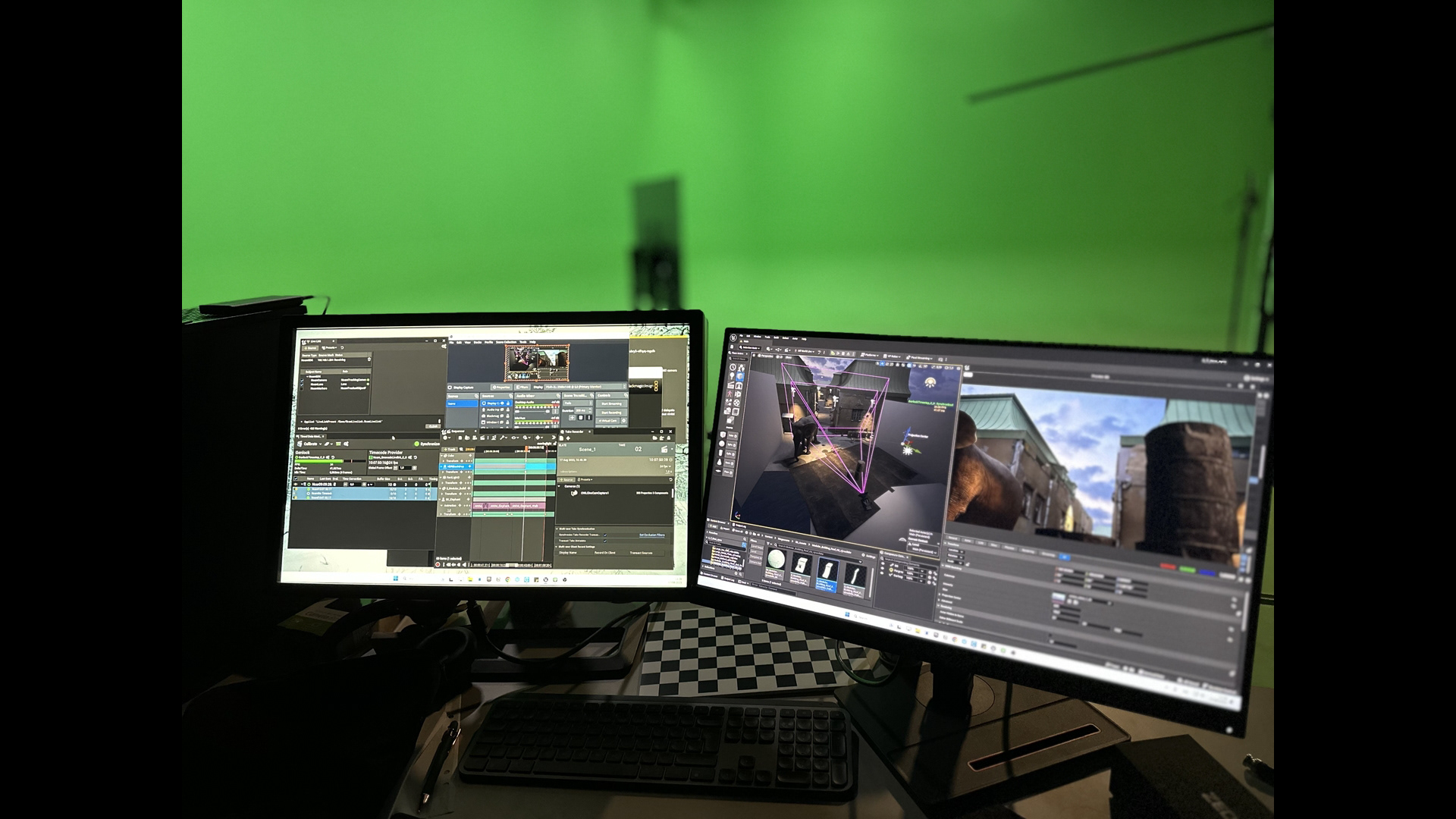
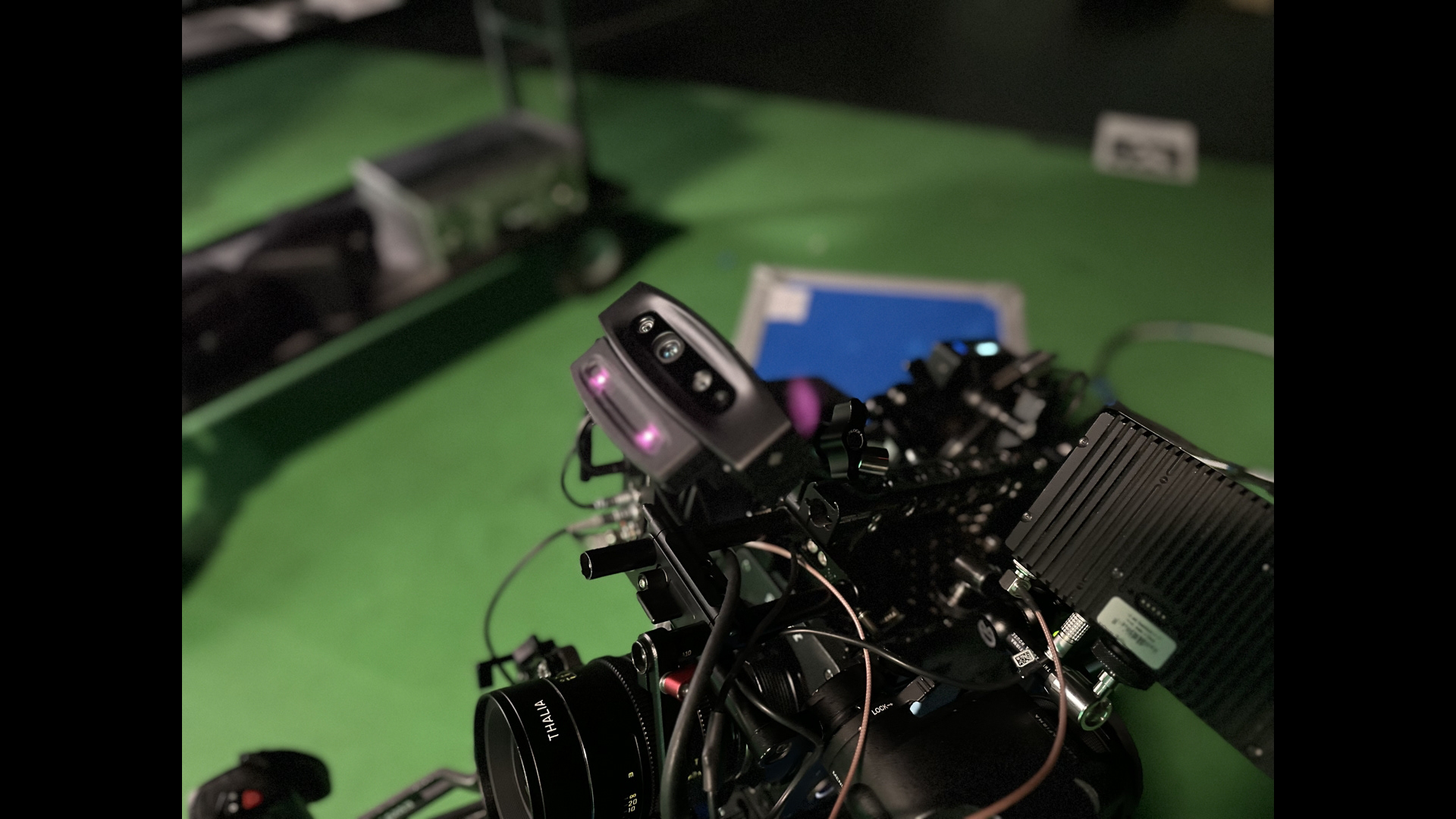
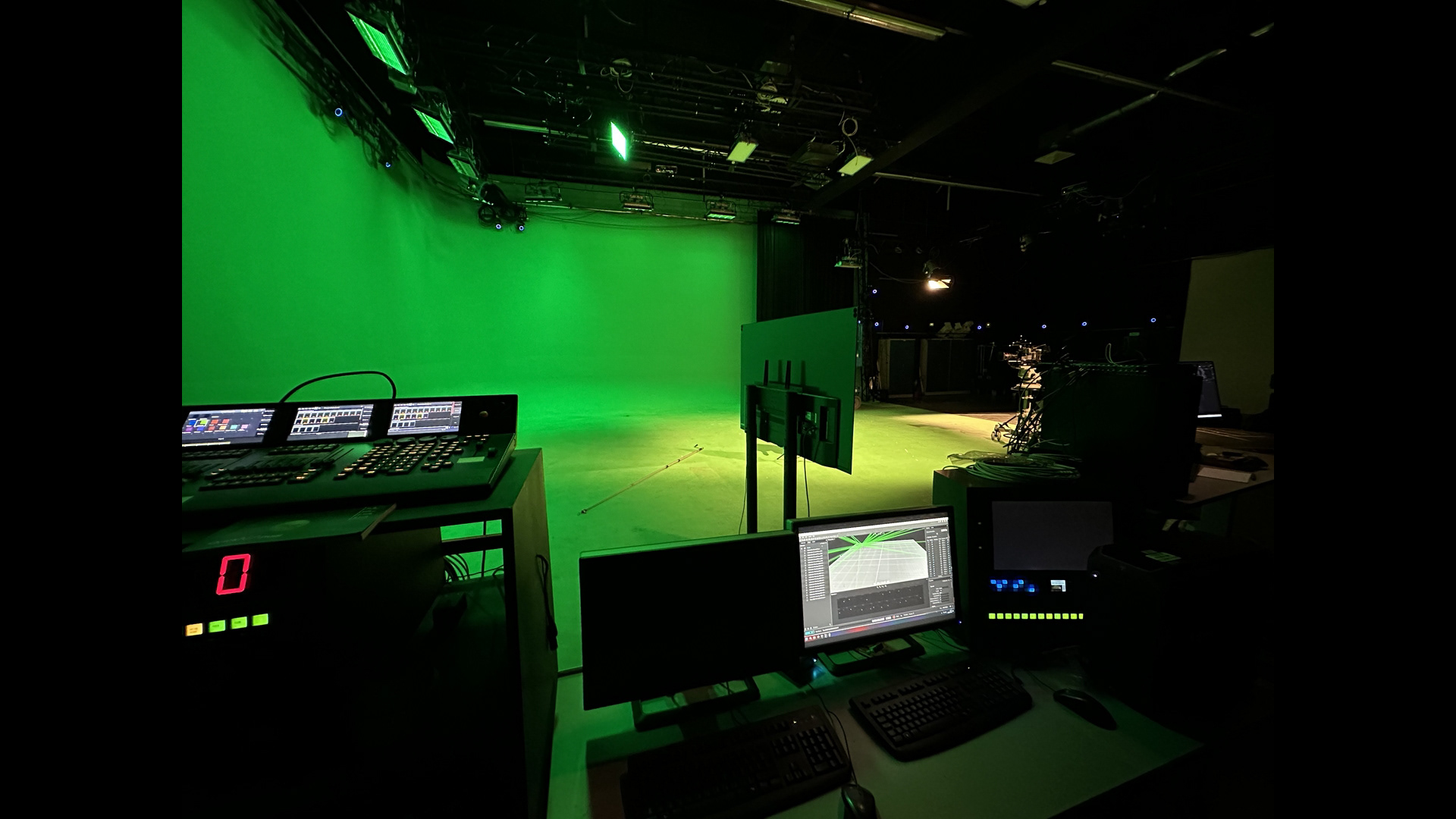
Conclusion
In the development process, prototype for Simulcam workflow was successfully created.
We extensively explored the "final pixel" pipeline and identified its challenges. These challenges include real-time rendering power and stability, as well as artifacts in the real-time background. With proper pre-production planning, it is possible to mitigate these challenges and consider using the traditional workflow as a backup option for certain shots.
Camera movement is recorded in Unreal Engine, enabling seamless synchronization of camera footage with the 3D environment using timecode after keying. This speeds up the process and removes limitations of real-time rendering.
Camera movement is recorded in Unreal Engine, enabling seamless synchronization of camera footage with the 3D environment using timecode after keying. This speeds up the process and removes limitations of real-time rendering.
Supported by
-

